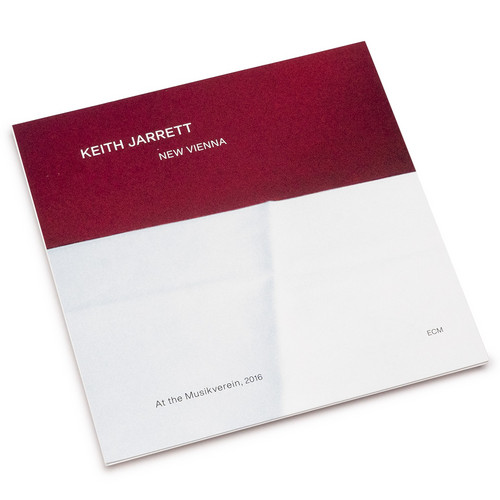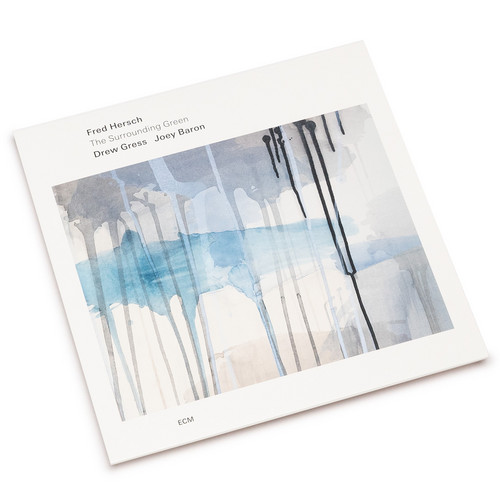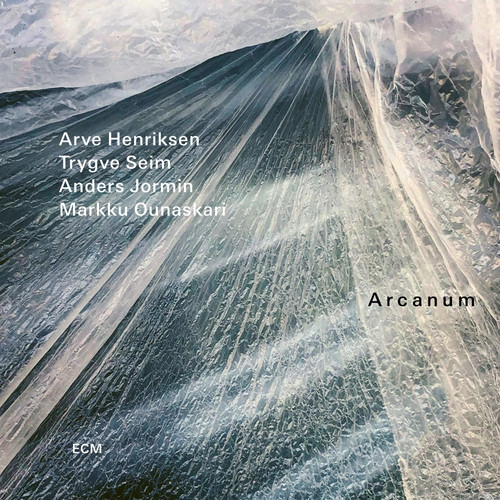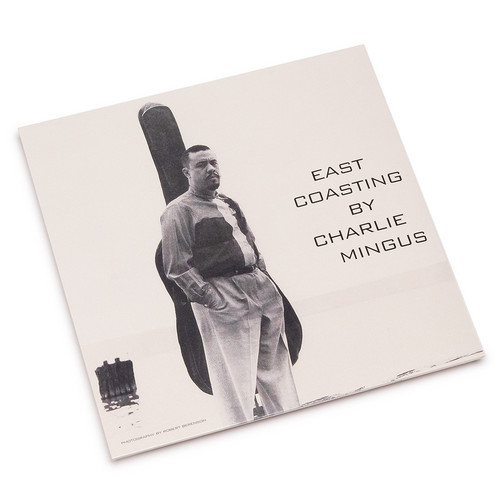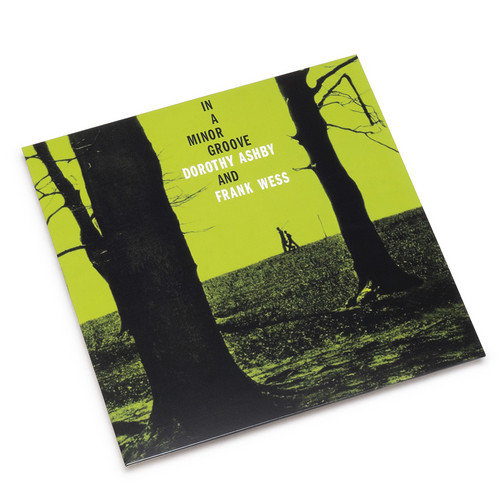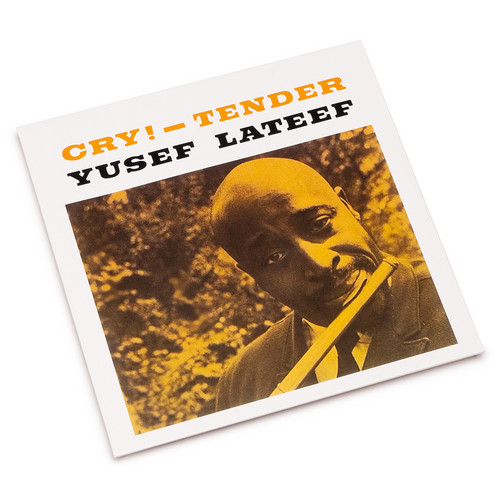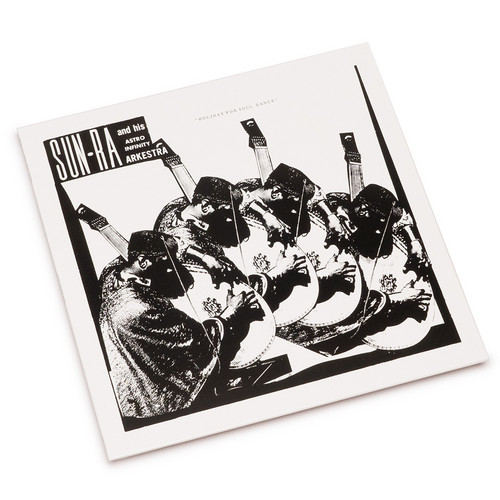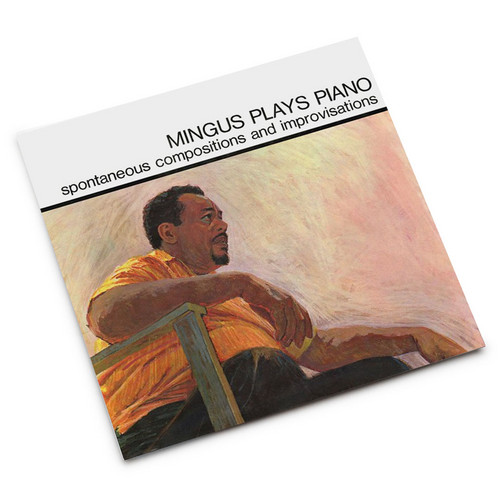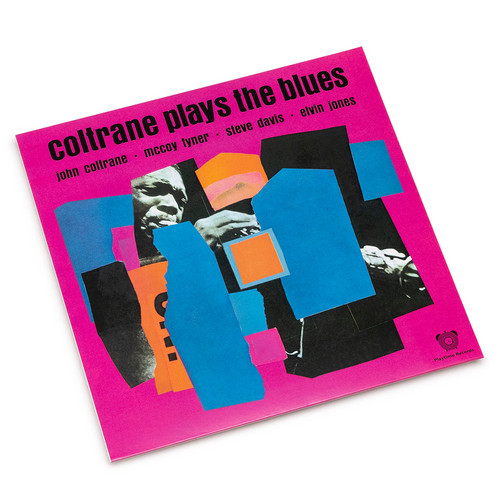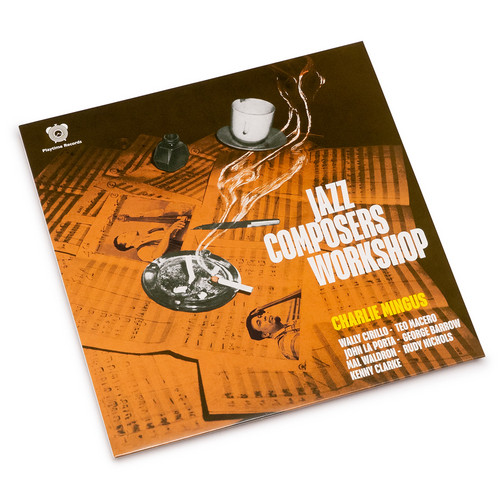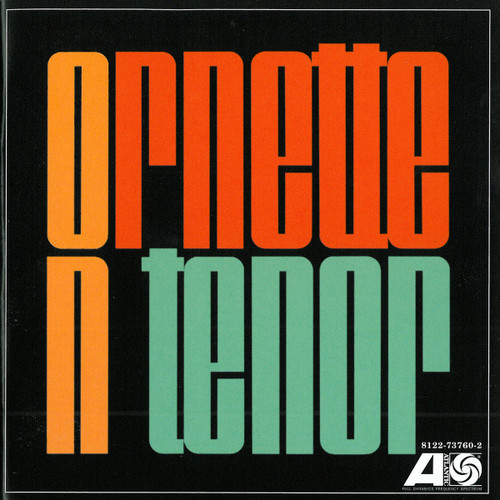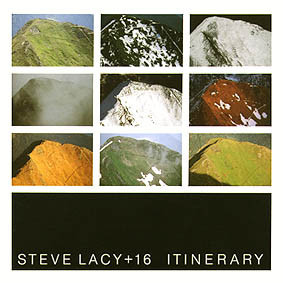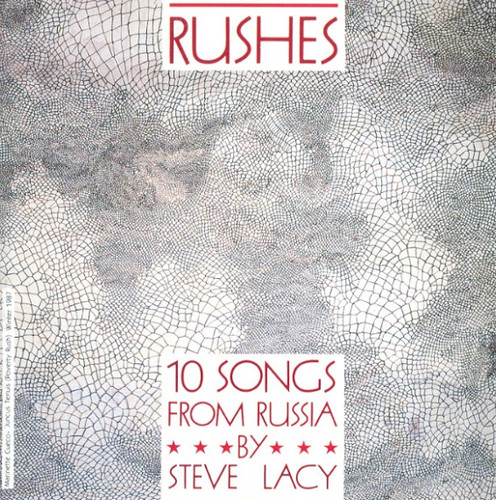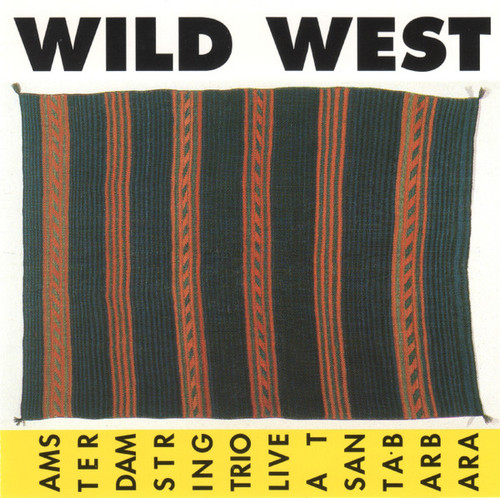Jazz /
New Vienna (At The Musikverein, 2016)
New Vienna is the fourth concert recording to be released from Keith Jarrett’s final European solo tour. It follows Munich 2016, Budapest Concert and Bordeaux Concert. Why New Vienna? As Jarrett aficionados will know, his discography already includes a legendary Vienna Concert (recorded at the Vienna State Opera) whose music, he once claimed, spoke “the language of the flame itself”, after long years of “courting the fire”. Keith Jarrett’s 2016 return to the Austrian capital brought the flames …
The Sorrounding Green
Masterful trio interplay reliant on deeply honed three-way communication and a refined sense of understatement make Fred Hersch’s third recording for ECM an essential entry into the piano trio canon. Hersch tackles a handful of 20th century compositions – spanning from standards to less frequented jazz tunes – as well as three originals, with Drew Gress on bass and Joey Baron on drums – two longstanding companions of Fred’s who have played with him on and off since the late 80s and early 90s res…
Drifting
After Mette Henriette’s critically acclaimed, self-titled first recording comes Drifting – and album pervaded by trio conversations of idiosyncratic and original expression. With Johan Lindvall returning on piano, new addition Judith Hamann on cello and herself on saxophone, Mette’s chamber musical elaborations prove of a concentrated and exploratory quality, marked by subtle yet intense interaction. Motifs and recurring patterns crystallize and reveal a concise, intricate narrative. The saxopho…
Relations
Musical messages from Oslo, New York, Basel and Lugano – recorded between 2018 and 2022 – are juxtaposed and recombined on an absorbing recording that features Norwegian drummer Thomas Strønen solo and in a series of duets . With such partners as Craig Taborn, Chris Potter, Sinikka Langeland and Jorge Rossy, the musical frame of reference is very broad. Elements from Langeland’s’s archaic-sounding folk to Potter’s post-Coltrane saxophone and Taborn’s whirlwind modernist piano each find their p…
Arcanum
The Scandinavian project Arcanum brings together four artists all well-known to followers of directions in music at ECM: Arve Henriksen, Trygve Seim, Anders Jormin and Markku Ounaskari. They’ve played together in many permutations over the years, but this is their first album as a quartet. Compositions by Anders Jormin and Trygve Seim, the Finnish traditional “Armon Lapset” (Children of Mercy), and Jormin’s arrangement of Ornette Coleman’s “What Reason Could I Give” are slotted into a programm…
East Coasting
Recorded in 1957 this is one of Charles Mingus's lesser known sessions. Here the master was at the head of an awesome band including some of his regular sidemen. Jimmy Knepper - trombone, Shafi Hadi - alto saxophone, tenor saxophone and Dannie Richmond - drums, along with nothing but Bill Evans on piano! This is dense, lyrical and very stimulating music deeply rooted in the bop tradition yet with an open ear to other sound territories.
Tomorrow Is the Question!
This was definitely a perfect title for Ornette Coleman's second and last album for Contemporary before switching on Ertegun's Atlantic label. Originally released in 1959 "Tomorrow is the Question" was an early evident step towards the revolution to come. An adventurous yet accessible, bluesy album with Coleman and Don Cherry tasting for the first time the freedom of a pianoless rhythm section featuring Percy Heath or Red Mitchell on bass and the great Shelly Manne on drums.
Cymbalism
A legendary album by one of the masters of modern jazz drumming! Recorded by Rudy Van Gelder in 1963, Cymbalism is among the albums Roy Haynes provided for Prestige's New Jazz series. This session features the drummer leading an acoustic quartet with Frank Strozier (alto sax, flute) Ronnie Mathews (piano) and Larry Ridley (bass). An unpredictable Hard Bop-Post Bop transitional album with different colors and moods. From the primary influence of Charlie Parker through a kind of expanded sound ins…
In a Minor Groove
'Dorothy Ashby was the very best and most swinging performer on the multi-stringed instrument associated with the gates of heaven. Here on Earth, Ashby adeptly plucked and strummed the harp like nobody else, as evidenced on a single reissue containing her two best LPs for the Prestige and Prestige/New Jazz labels from 1958 -- Hip Harp and In a Minor Groove. Alongside her prior efforts for the Savoy label, they collectively represent a small but substantive discography for the Detroit native in s…
Cry! Tender
Although his main instruments were the tenor saxophone and the flute, Yusef Lateef was known for his innovative blending of jazz with Asian music. In addition to the oboe and bassoon (which are both unusual in jazz), he played various instruments. Lateef began recording as a leader in 1957 for Savoy Records, a non-exclusive association that continued until 1959. The earliest ofhis albums for the Prestige subsidiary New Jazz overlap his Savoy Recordings. Cry!-Tender was one of these early albums …
Holiday For Soul Dance
Holiday For Soul Dance finds Sun Ra Arkestra at its most approachable, trading cosmic chaos for spirited reinvention of jazz standards recorded in Chicago, 1960. Even as familiar melodies pulse through the session, Ra and his ensemble infuse each note with irrepressible eccentricity, blurring nostalgia and space-age wit.
Mingus Plays Piano
In Mingus Plays Piano, Charles Mingus swaps the thunder of his double bass for distilled lyricism at the keyboard. Recorded in 1964, this rare solo album uncovers a private Mingus, weaving spontaneous meditations and bittersweet standards into a living, breathing portrait of creative solitude.
Fate In A Pleasant Mood
Fate In A Pleasant Mood showcases Sun Ra and his Myth Science Arkestra at a turning point, merging big band swing with celestial avant-garde impulses. Recorded in 1960 Chicago and released in 1965, this concise, mystical set captures Ra’s fascination with outer space and metaphysical abstraction through poetic miniatures and crystalline ensemble interplay.
Looking Ahead
Looking Ahead is the debut album by American jazz musician Ken McIntyre, recorded with fellow alto saxophonist Eric Dolphy in 1960 and released on the New Jazz label in January 1961. From the beginning Mr. McIntyre considered himself part of the avant-garde or ''new thing'' movement in jazz, as spearheaded by musicians like Ornette Coleman, Bill Dixon and Cecil Taylor, although his own music was considerably more traditionally melodic than theirs. He played a whole fleet of reed instruments, inc…
Coltrane Plays The Blues
**Abstract (200 characters):**
Released by Atlantic in 1962 from earlier sessions, "Coltrane Plays the Blues" showcases the quartet’s innovative blend of blues, jazz, and avant-garde, earning cult status and critical acclaim.
Jazz Composers Workshop
Charlie Mingus’s 1956 Jazz Composers Workshop showcases his visionary blend of hard bop, classical, gospel, and avant-garde. The album captures Mingus’s restless innovation—by turns explosive, tender, and genre-defying.
Ornette On Tenor
Ornette Coleman’s "Ornette On Tenor" marks a pivotal moment in jazz, featuring his switch to tenor sax and the addition of Jimmy Garrison on bass. The album’s earthy, darker soundscape, collective improvisation, and absence of fixed themes highlight Coleman’s ongoing musical revolution.
Itinerary
1991 release ** "Recorded at the Listen to Lacy festival in Vienna, 1990, this large ensemble recording is really the Steve Lacy Sextet plus ten. One of the dectet members is Franz Koglmann. Although some of Lacy's other large group experiments met with mixed results, it is not so here. Itinerary, with its seven selections, is an orchestral work on par with at of Gil Evans' (to whom this record is dedicated) Out of the Cool sessions for Impulse, and of course the Gil Evans and Ten recordings tha…
